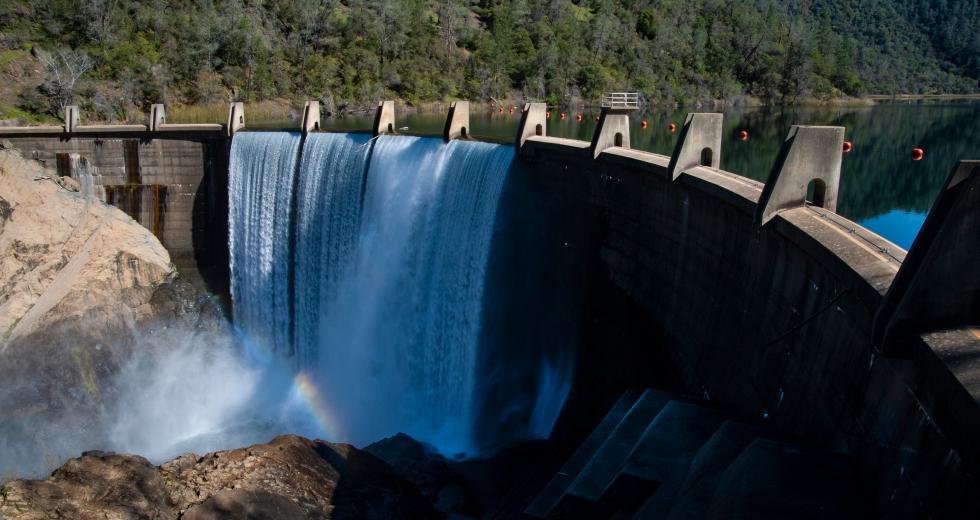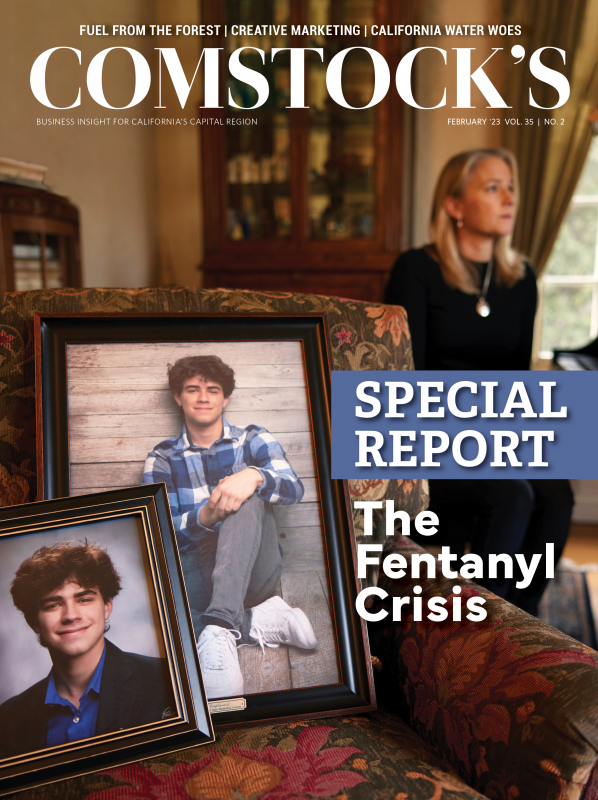Our beloved Capital Region has been literally awash with rain, snow, flooding and downed trees, and I’m sure many of us think that California’s persistent drought has at last been rinsed away. After all, we’ve received huge amounts of snow in the Sierra, which will thaw and flow westward to fill our reservoirs, basins and valleys as it makes its way to sea. Add to that the atmospheric rivers of rain that have been pouring into our towns, overflowing our riverbanks, curbs, basements and canals, we’re tempted to assume that our state is no longer destined to be a desert. But that’s probably not going to be the case.
Although the rains have come, we’re still not prepared to save the vast majority of that water. We’d like to capture it — though one challenge is that rain comes very fast and dries very quickly. More importantly, even if we could grab it, we don’t have the storage capacity to keep it. The last regional dam built was the New Melones Reservoir north of Sonora, 40 years ago. Sites Reservoir is on the drawing board but won’t be ready until at least 2030, if then.
I often wonder how desperate our state must become before the so-called powers-that-be take the issue with deadly seriousness. Our needs are so obvious. Water is the liquid gold that we need to survive. Our farmers need it to grow crops, for we’re the food basket of the country and beyond.
More than half of the rain and snow we receive is lost to evaporation in our hotter and drier climate, the Association of California Water Agencies tells us. The snow that falls is melting faster, and is more difficult to capture and store. Our water dilemma has attracted national attention. In January, a Wall Street Journal editorial called out the state for “its lack of investment in public works, especially storage and flood control.” We’ve had droughts and floods throughout our history. Severe droughts in the late 1920s and 1940s gave rise to the construction of several water storage systems, but those were among the last major efforts to solve our water problem. We’ve since failed to attend to this dilemma, and have lost opportunity for anything akin to an Auburn Dam build.
We did vote to start fixing the problem. A recent story in the Sacramento Bee reminded us that a statewide voter measure was approved nine years ago to set aside $2.7 billion to support new water storage. The measure and projects that received funding have resulted in zero construction.
One bright hope that emerged in the 1980s is the Sites Reservoir. This proposed $5.2 billion, off-stream, California Department of Water Resources project is supposed to finally start construction next year. The reservoir would be west of Colusa (right here in the Sacramento Valley) and could pump as much as 640,000 acre-feet per year of the water from snow melt and store it for drier years. This water would run from the Sacramento River through already-built canals to a human-made lake 14 miles away. As the State Water Commission explains it: “The proposed reservoir’s conveyance facilities would include the use of existing Tehama Colusa Canal and Glenn-Colusa Irrigation District canal diversion and conveyance facilities, plus a proposed new diversion and discharge pipeline. Sources of water would be Funks Creek and Stone Coral Creek, which would be impounded by the proposed reservoir and the Sacramento River.”
If residents in rural areas who rely on groundwater only are able to capture rain in buckets and barrels and wells for later use, why can’t we do the same thing on a much larger scale? For one thing, the first storm runoff in highly populated areas is often contaminated from the roadways. Also, septic systems can easily overflow from flooding, which necessitates treating the water to make it potable. Treatment plants are quite expensive. It’s another example of how elected officials spend too much time looking at the wrong price tags and delay or abandon needed infrastructure. (Freeway potholes, anyone?)
Voters in 2018 approved Measure W aimed at improving L.A.’s aging stormwater capture system, according to a recent story in the Los Angeles Times. Of an estimated 5 to 10 billion gallons pouring into the Los Angeles basin from current storms, only about 20 percent will be captured by the county. One very recent estimate by Los Angeles County officials indicated “it will take three to five decades to build (the) stormwater capture system to full capacity, with the ultimate goal of capturing 300,000 acre-feet, or roughly 98 billion gallons, of water annually.”
California has always been celebrated for Innovation, yet we can’t budge our elected leaders to truly innovate much of anything — to snip the eternal red tape, stifle the bureaucratic bumbling and simply make real decisions and commit real money (ours) to saving water, saving lives and saving California. It’s time.
In a recent speech to the U.S. House of Representatives, newly elected Congressman Kevin Kiley, representing California’s Third District, stated the key conundrum and its cause for storm- and drought-weary Californians: “California finds itself in a flood emergency and a drought emergency at the same time. This absurdity results from a fundamental failure of governance.”
It’s not only time, but past time to snip all of the red tape and get storage facilities built, procedures for saving water implemented and innovation back on track. Let’s not keep waiting for a rainy day.
Winnie Comstock-Carlson
President and Publisher
–
Stay up to date on business in the Capital Region: Subscribe to the Comstock’s newsletter today.
Recommended For You
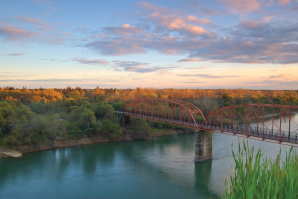
The Lasting Agreement
California’s long legacy of trying to solve its water problem
No one owns water in California, making collaboration and
negotiation between water management players crucial.
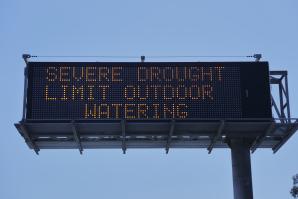
As California’s Drought Deepens, Water Use Drops Only 1.8 Percent
Officials warn that next year’s cuts in water supply could go even deeper as severe drought grips nearly 90 percent of California. Residents of the North Coast and Bay Area conserved more than Southern Californians did.

How California Is Managing Its Water Supply
Jessica Law became executive director of the Water Forum in January. Comstock’s spoke to Law about the group’s priorities as the region deals with another drought.
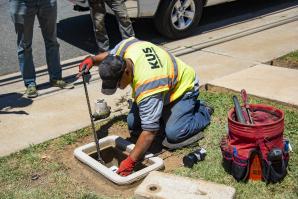
Getting Smart About Water
City of Wheatland installing over 1,200 smart water meters
Upgrades in water meters are helping to reduce water waste, but
installation of new infrastructure can be slow
and difficult to fund.



